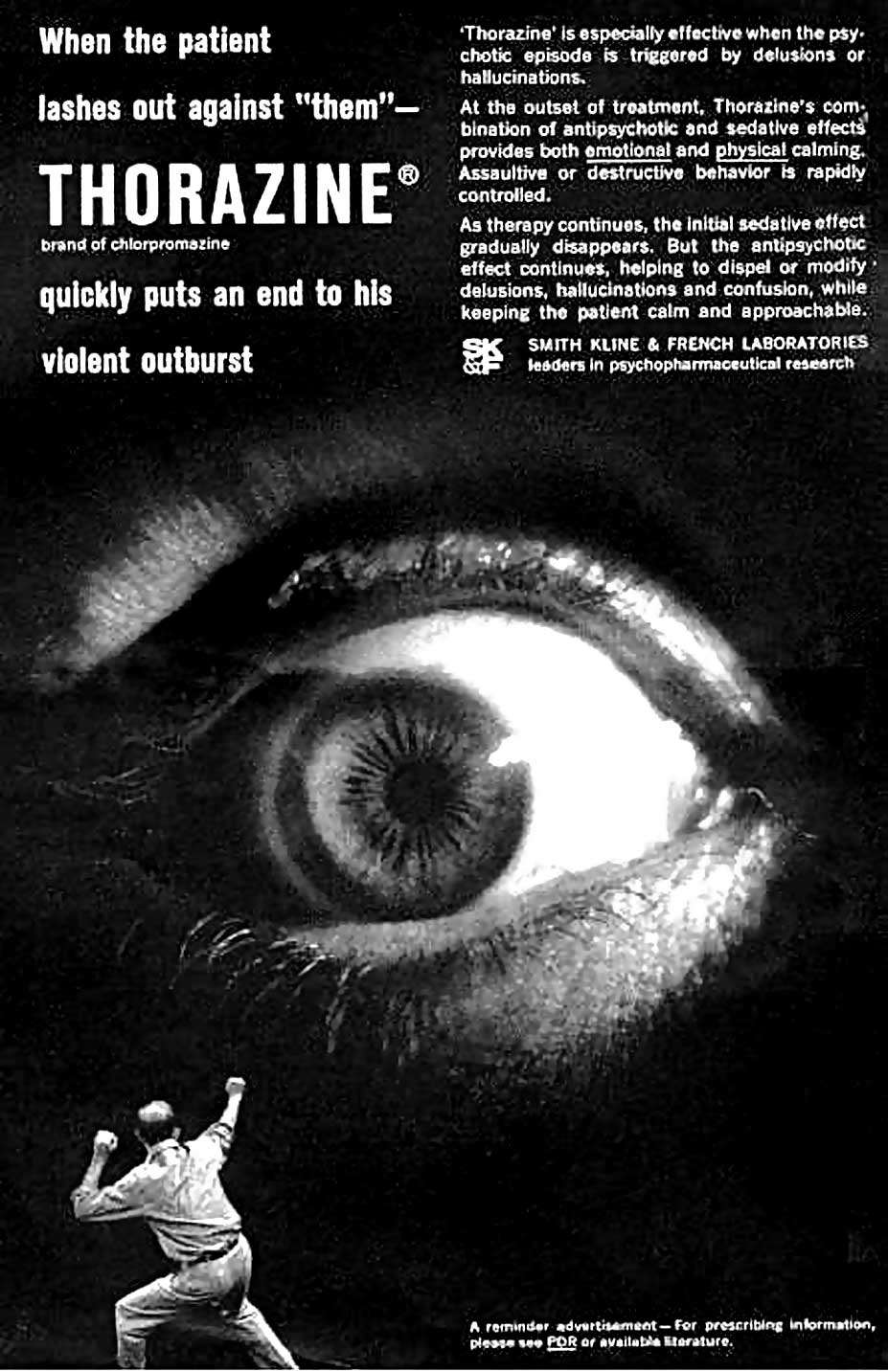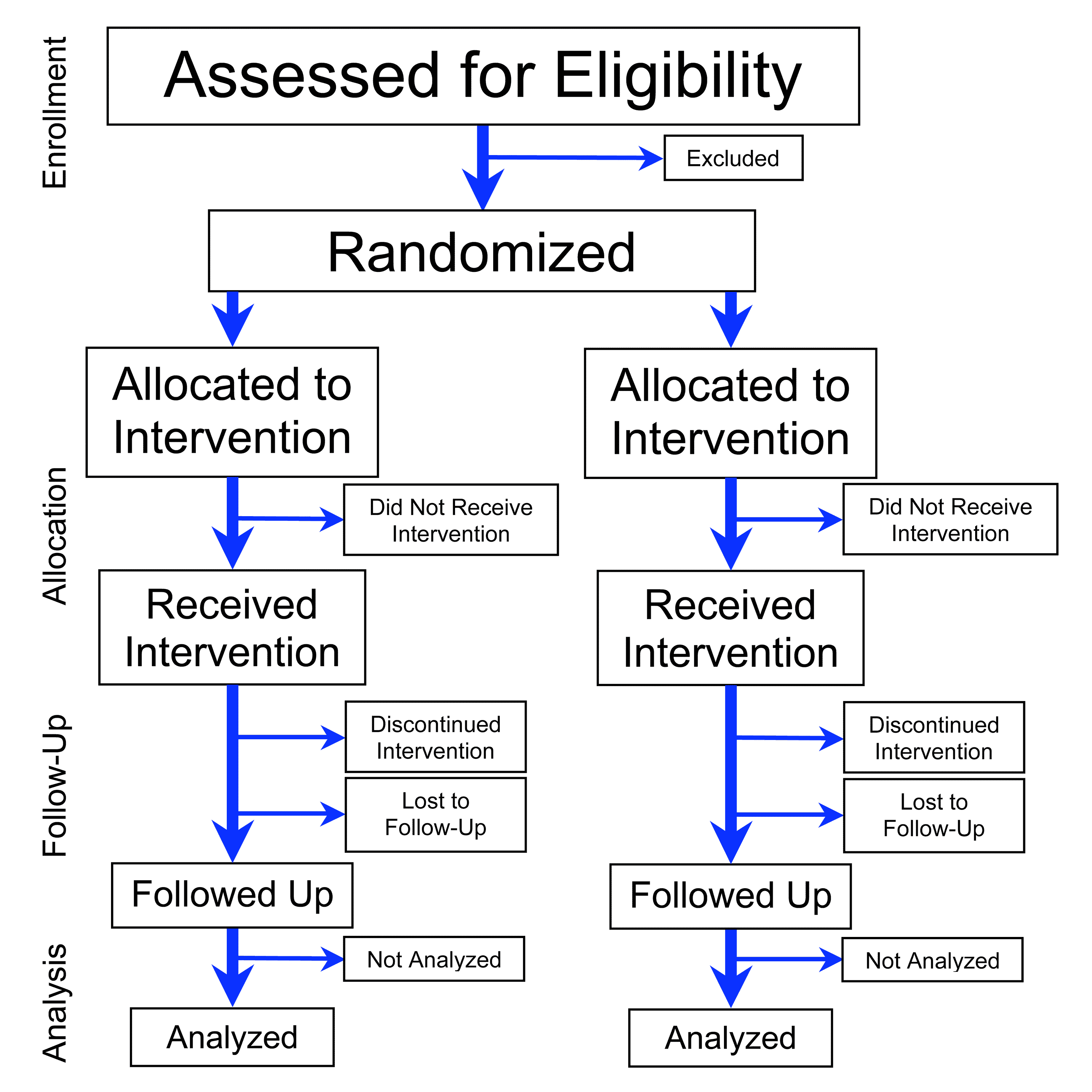|
Perphenazine
Perphenazine is a typical antipsychotic drug. Chemically, it is classified as a piperazinyl phenothiazine. Originally marketed in the United States as Trilafon, it has been in clinical use for decades. Perphenazine is roughly ten times as potent as chlorpromazine at the dopamine-2 (D2) receptor; thus perphenazine is considered a medium-potency antipsychotic. Medical uses In low doses it is used to treat agitated depression (together with an antidepressant). Fixed combinations of perphenazine and the tricyclic antidepressant amitriptyline in different proportions of weight exist (see Etrafon below). When treating depression, perphenazine is discontinued as fast as the clinical situation allows. Perphenazine has no intrinsic antidepressive activity. Several studies show that the use of perphenazine with fluoxetine (Prozac) in patients with psychotic depression is most promising, although fluoxetine interferes with the metabolism of perphenazine, causing higher plasma levels of ... [...More Info...] [...Related Items...] OR: [Wikipedia] [Google] [Baidu] |
Antipsychotic
Antipsychotics, previously known as neuroleptics and major tranquilizers, are a class of Psychiatric medication, psychotropic medication primarily used to manage psychosis (including delusions, hallucinations, paranoia or disordered thought), principally in schizophrenia but also in a range of other psychotic disorders. They are also the mainstay, together with mood stabilizers, in the treatment of bipolar disorder. Moreover, they are also used as adjuncts in the treatment of Treatment-resistant depression, treatment-resistant major depressive disorder. The use of antipsychotics may result in many unwanted side effects such as Extrapyramidal symptoms, involuntary movement disorders, gynecomastia, impotence, weight gain and metabolic syndrome. Long-term use can produce List of long term side effects of antipsychotics, adverse effects such as tardive dyskinesia, tardive dystonia, Akathisia, tardive akathisia, and brain tissue volume reduction. The long term use of antipsychotics ... [...More Info...] [...Related Items...] OR: [Wikipedia] [Google] [Baidu] |
Typical Antipsychotic
Typical antipsychotics (also known as major tranquilizers, and first generation antipsychotics) are a class of antipsychotic drugs first developed in the 1950s and used to treat psychosis (in particular, schizophrenia). Typical antipsychotics may also be used for the treatment of acute mania, agitation, and other conditions. The first typical antipsychotics to come into medical use were the phenothiazines, namely chlorpromazine which was discovered serendipitously. Another prominent grouping of antipsychotics are the butyrophenones, an example of which is haloperidol. The newer, second-generation antipsychotics, also known as atypical antipsychotics, have largely supplanted the use of typical antipsychotics as first-line agents due to the higher risk of movement disorders with typical antipsychotics. Both generations of medication tend to block receptors in the brain's dopamine pathways, but atypicals at the time of marketing were claimed to differ from typical antipsychoti ... [...More Info...] [...Related Items...] OR: [Wikipedia] [Google] [Baidu] |
Phenothiazine
Phenothiazine, abbreviated PTZ, is an organic compound that has the formula S(C6H4)2NH and is related to the thiazine-class of heterocyclic compounds. Derivatives of phenothiazine are highly bioactive and have widespread use and rich history. The derivatives chlorpromazine and promethazine revolutionized the fields of psychiatry and allergy treatment, respectively. An earlier derivative, methylene blue, was one of the first antimalarial drugs, and derivatives of phenothiazine are currently under investigation as possible anti-infective drugs. Phenothiazine is a prototypical pharmaceutical lead structure in medicinal chemistry. Uses Phenothiazine itself is only of theoretical interest, but derivatives of it revolutionized psychiatry, other fields of medicine, and pest management. Other derivatives have been studied for possible use in advanced batteries and fuel cells. Phenothiazine-derived drugs In 1876, methylene blue, a derivative of phenothiazine, was synthesized by H ... [...More Info...] [...Related Items...] OR: [Wikipedia] [Google] [Baidu] |
Diário Oficial Da União
The ''Diário Oficial da União'' (literally ''Official Diary of the Union''), abbreviated DOU, is the government gazette, official gazette of the Federal Government of Brazil, Federal Government of Brazil. It is published since 1 October 1862 and was created via the Imperial Decree 1,177 of its 9 September as the ''Official Journal of the Empire of Brazil''. Its current name was adopted after Brazil became a federal republic, and the "Union" came into being as the legal personality of the new federal government. The official journal is published by the Imprensa Nacional, Brazilian National Press. Though the journal has been published since 1862, it had many predecessors, as follows: # Gazeta do Rio de Janeiro (10/9/1808 – 29.12.1821) # Gazeta do Rio (1/1/1822 – 31/12/1822) # Diário do Governo (2/1/1823 – 28/6/1833) # Diário Fluminense (21/5/1824 – 24/4/1831) # Correio Oficial (1/7/1833 – 30/6/1836) e (2/1/1830 – 30/12/1840) # Without proper journal (31/12/1840 – ... [...More Info...] [...Related Items...] OR: [Wikipedia] [Google] [Baidu] |
Flattened Affect
Reduced affect display, sometimes referred to as emotional blunting or emotional numbing, is a condition of reduced emotional reactivity in an individual. It manifests as a failure to express feelings either verbally or nonverbally, especially when talking about issues that would normally be expected to engage emotions. In this condition, expressive gestures are rare and there is little animation in facial expression or vocal inflection. Additionally, reduced affect can be symptomatic of autism, schizophrenia, depression, post-traumatic stress disorder, depersonalization-derealization disorder, schizoid personality disorder or brain damage. It may also be a side effect of certain medications (e.g., antipsychotics and antidepressants). However, reduced affect should be distinguished from apathy and anhedonia, which explicitly refer to a lack of emotional sensation. The ICD-11 identifies several types of affect disturbances, particularly focusing on variations in the reduction of ... [...More Info...] [...Related Items...] OR: [Wikipedia] [Google] [Baidu] |
Teratogenic
Teratology is the study of abnormalities of physiological development in organisms during their life span. It is a sub-discipline in medical genetics which focuses on the classification of congenital abnormalities in dysmorphology caused by teratogens and also in pharmacology and toxicology. Teratogens are substances that may cause non-heritable birth defects via a toxic effect on an embryo or fetus. Defects include malformations, disruptions, deformations, and dysplasia that may cause stunted growth, delayed mental development, or other congenital disorders that lack structural malformations. These defects can be recognized prior to or at birth as well as later during early childhood. The related term developmental toxicity includes all manifestations of abnormal development that are caused by environmental insult. The extent to which teratogens will impact an embryo is dependent on several factors, such as how long the embryo has been exposed, the stage of development t ... [...More Info...] [...Related Items...] OR: [Wikipedia] [Google] [Baidu] |
Schizophrenia
Schizophrenia () is a mental disorder characterized variously by hallucinations (typically, Auditory hallucination#Schizophrenia, hearing voices), delusions, thought disorder, disorganized thinking and behavior, and Reduced affect display, flat or inappropriate affect. Symptoms Prodrome, develop gradually and typically begin during young adulthood and rarely resolve. There is no objective diagnostic test; diagnosis is based on observed behavior, a psychiatric history that includes the person's reported experiences, and reports of others familiar with the person. For a diagnosis of schizophrenia, the described symptoms need to have been present for at least six months (according to the DSM-5) or one month (according to the ICD-11). Many people with schizophrenia have other mental disorders, especially mood disorder, mood, anxiety disorder, anxiety, and substance use disorders, substance use disorders, as well as obsessive–compulsive disorder (OCD). About 0.3% to 0.7% of peo ... [...More Info...] [...Related Items...] OR: [Wikipedia] [Google] [Baidu] |
Mania
Mania, also known as manic syndrome, is a Psychiatry, psychiatric Abnormality (behavior), behavioral syndrome defined as a state of Abnormality (behavior), abnormally elevated arousal, affect (psychology), affect, and energy level. During a manic episode, an individual will experience Emotional lability, rapidly changing emotions and moods, highly influenced by surrounding Stimulus (psychology), stimuli. Although mania is often conceived of as a "mirror image" to depression (mood), depression, the heightened mood (psychology), mood can be Dysphoria, dysphoric as well as Euphoria, euphoric. As the mania intensifies, irritability can be more pronounced and result in anxiety or anger. The symptoms of mania include elevated mood (either euphoric or irritable), Flight of Ideas, flight of ideas, pressure of speech, increased energy, decreased "need" and desire for sleep, and psychomotor agitation, hyperactivity. They are most plainly evident in fully developed hypomanic states, however ... [...More Info...] [...Related Items...] OR: [Wikipedia] [Google] [Baidu] |
Bipolar Disorder
Bipolar disorder (BD), previously known as manic depression, is a mental disorder characterized by periods of Depression (mood), depression and periods of abnormally elevated Mood (psychology), mood that each last from days to weeks, and in some cases months. If the elevated mood is severe or associated with psychosis, it is called ''mania''; if it is less severe and does not significantly affect functioning, it is called ''hypomania''. During mania, an individual behaves or feels abnormally energetic, happy, or irritable, and they often make impulsive decisions with little regard for the consequences. There is usually, but not always, a Sleep deprivation, reduced need for sleep during manic phases. During periods of depression, the individual may experience crying, have a negative outlook on life, and demonstrate poor eye contact with others. The risk of suicide is high. Over a period of 20 years, 6% of those with bipolar disorder died by suicide, with about one-third Suicide ... [...More Info...] [...Related Items...] OR: [Wikipedia] [Google] [Baidu] |
Randomized Controlled Trial
A randomized controlled trial (or randomized control trial; RCT) is a form of scientific experiment used to control factors not under direct experimental control. Examples of RCTs are clinical trials that compare the effects of drugs, surgical techniques, medical devices, diagnostic procedures, diets or other medical treatments. Participants who enroll in RCTs differ from one another in known and unknown ways that can influence study outcomes, and yet cannot be directly controlled. By randomly allocating participants among compared treatments, an RCT enables ''statistical control'' over these influences. Provided it is designed well, conducted properly, and enrolls enough participants, an RCT may achieve sufficient control over these confounding factors to deliver a useful comparison of the treatments studied. Definition and examples An RCT in clinical research typically compares a proposed new treatment against an existing standard of care; these are then termed the 'expe ... [...More Info...] [...Related Items...] OR: [Wikipedia] [Google] [Baidu] |
Poverty Of Speech
In psychology, alogia (; from Greek ἀ-, "without", and λόγος, "speech" + New Latin -ia) is poor thinking inferred from speech and language usage. "alogia An impoverishment in thinking that is inferred from observing speech and language behavior. There may be brief and concrete replies to questions and restriction in the amount of spontaneous speech (termed poverty of speech). Sometimes the speech is adequate in amount but conveys little information because it is overconcrete, overabstract, repetitive, or stereotyped (termed poverty of content)." There may be a general lack of additional, unprompted content seen in normal speech, so replies to questions may be brief and concrete, with less spontaneous speech. This is termed poverty of speech or laconic speech. "laconic speech Condition characterized by a reduction in the quantity of spontaneous speech; replies to questions are brief and unelaborated, and little or no unprompted additional information is provided. Occurs in m ... [...More Info...] [...Related Items...] OR: [Wikipedia] [Google] [Baidu] |



